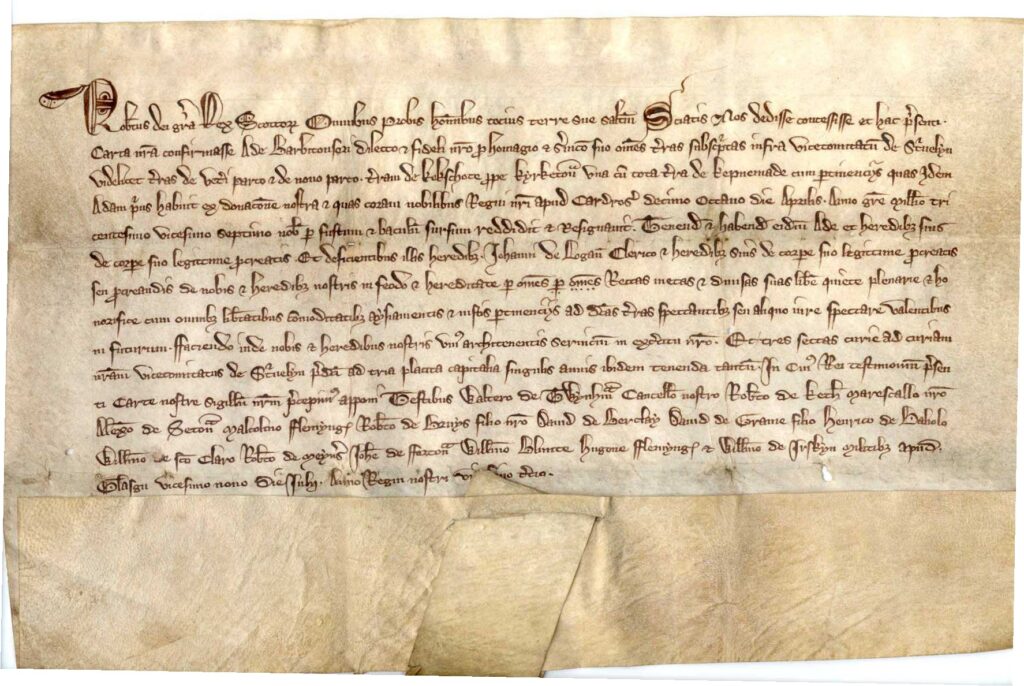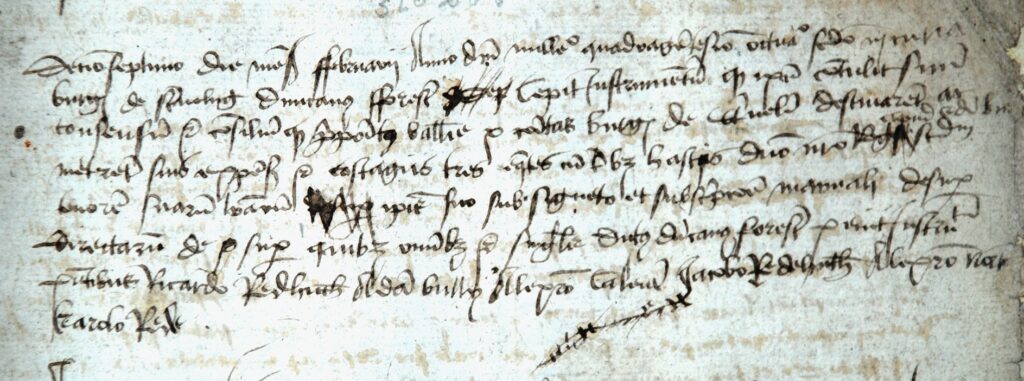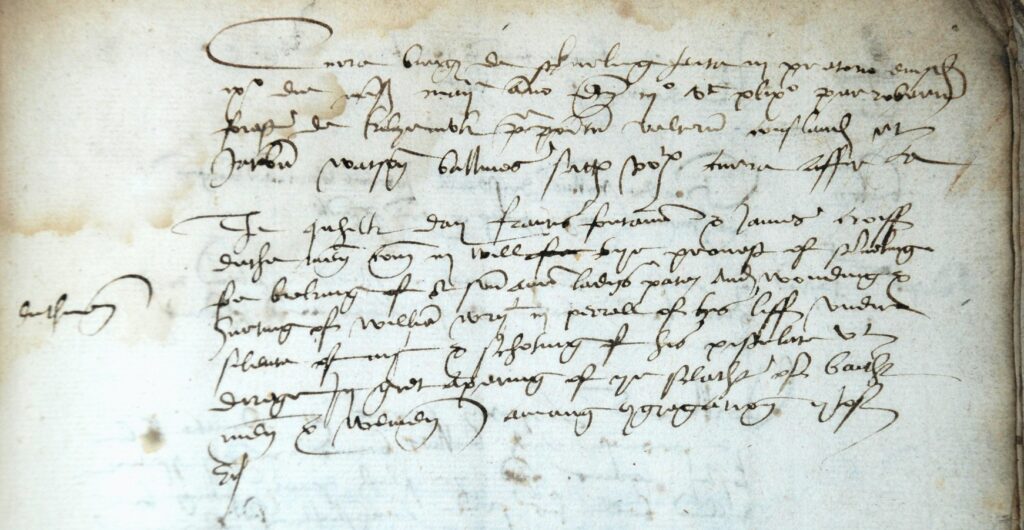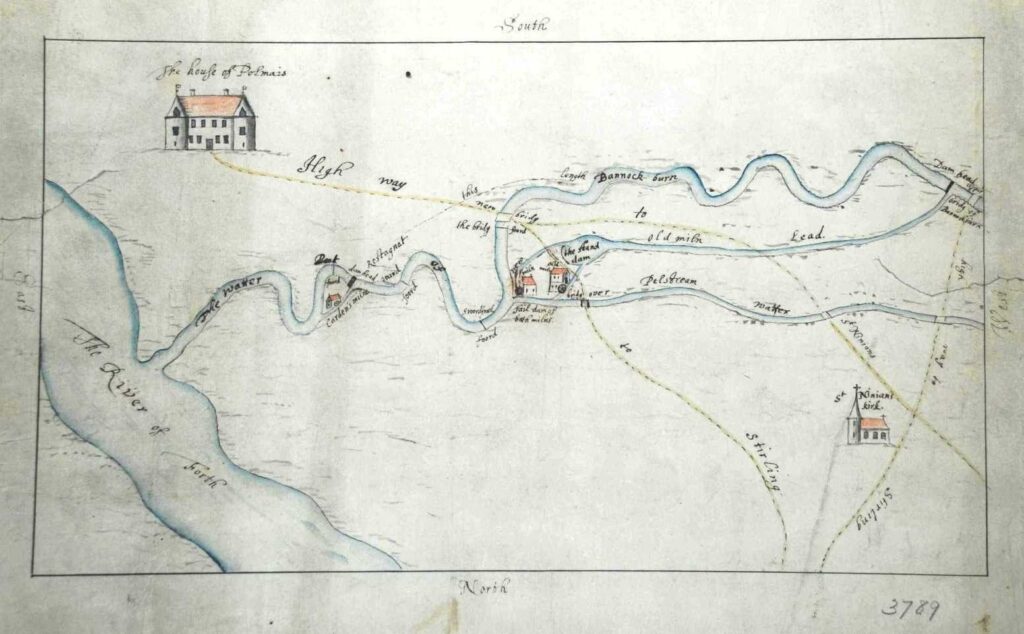Over the five days of the Off The Page Book Festival, this blog will be featuring posts under the heading Myth Busters, written by Council Archaeologist Murray Cook and Council Archivist Pam McNicol. Each short article will feature a well-known story about the local area, the sources of the story and the possible truth or truths that lie behind it.
We begin with the oft-discussed issue of where, exactly, the place name Stirling comes from.
We all say Stirling several times a day, but what does it mean? The first recorded version, ‘Striuelin’, with the ‘u’ in the middle there interchangeable with our modern ‘v’, dates from around 1124, when it is thought the burgh was established by David I.
However, many people, linguists included, believe it may be older, potentially dating from the period around AD 600-900. This was when what had been the British province of Manau, was conquered by the Angles from the south, who were then in their turn pushed out by Picts from the north. The Britons reacted to this by running riot in Dunblane, burning down much of the settlement there, before being brought to heel by Kenneth McAlpine, the first king of Scotland. Then, as if things weren’t bad enough, the Vikings arrived!
Under this theory, because of all of this bloodshed, Stirling might be ‘Striveling’, -ing is Old English for place, and ‘strive’ is a synonym for strife or conflict, so ‘Place of Conflict’….and this one is a favourite!
It is very likely that Stirling was a settlement from the very earliest times, given its favourable setting on a navigable stretch of the River Forth, and an ideal point at which to build a bridge to cross it. Additionally, there was an easily defendable crag and tail formation that made an excellent place to site a fort, and good quality arable land all around in the carse of the river. In accordance with this view, a more recent theory by Thomas Owen Clancy, Professor of Celtic at Glasgow University, looks at the possible Gaelic roots of Stirling. This is given as ‘srib-linn’ meaning ‘stream pool’, although the modern Gaelic rendering is Sruighlea. This reading connects the naming of the settlement with the place at which the River Forth became tidal, or perhaps better, the uppermost reach of the Forth estuary that is navigable by shipping, possibly reflecting an early harbour there. Significantly, this means that the place name element ‘Stirling’ refers to the River Forth and not the town, which may then have subsequently been named for its place on the river.
Such a theory, if correct, may suggest that Stirling might have had an older name, one that reflected the settlement and not the river. There is one possibility, a name mentioned by the Northumbrian monk, Bede, around AD 700. In his writings he talks about ‘urbs Giudi’, the City of Giudi and he named the Firth of Forth, the Sea of Giudi. It is not precisely certain that the modern city is in the same position as the one he describes, but if he is referring to the same place, then perhaps we don’t live in Stirling at all…perhaps we live in Giudi… Anyone for a rebranding exercise?
Come back tomorrow, when we will be discussing the legendary King Arthur!




